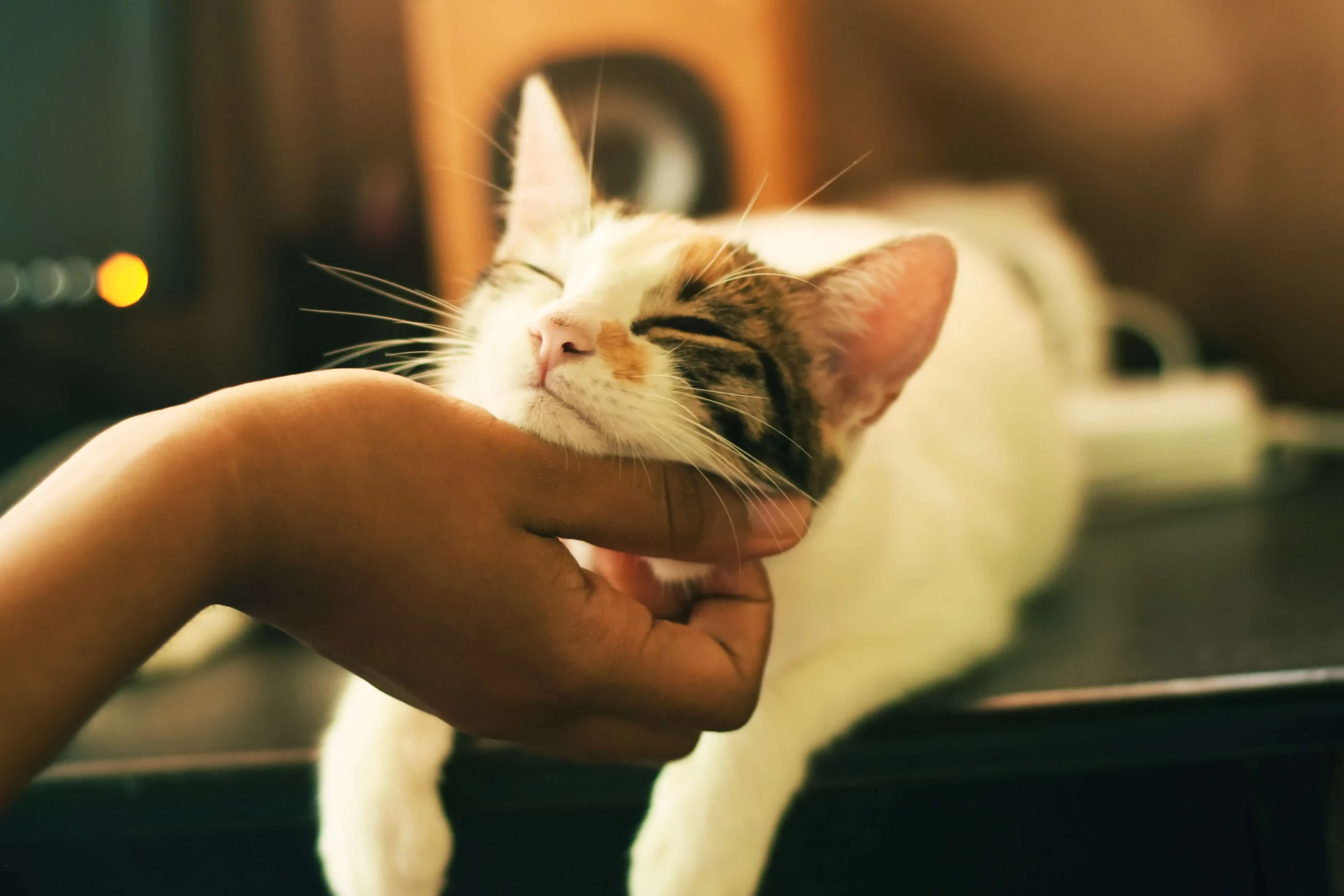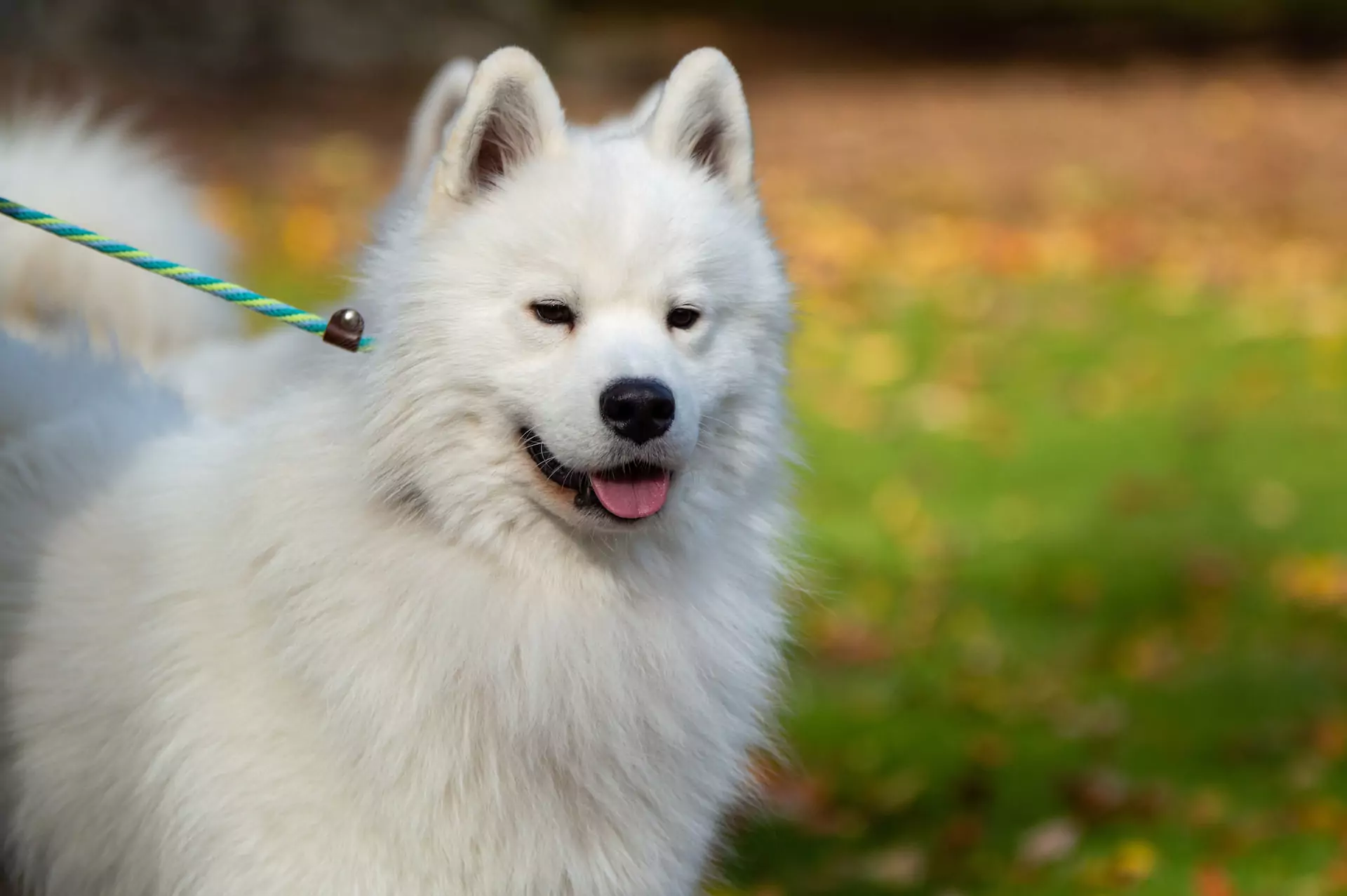15 Red Flags of Dental Issues in Pets
Pet Dental Health Month, observed in February, highlights a crucial but often neglected area of pet welfare. Dental problems can cause significant pain and discomfort for pets, sometimes even more so than for humans. Unlike humans, pets cannot express their dental issues or arrange dental check-ups independently. Therefore, it’s vital for pet owners to remain vigilant and identify any potential signs of dental problems. This article features advice from a local Ingersoll, IA veterinarian, offering guidance on recognizing and managing dental issues in pets.
Dental problems are widespread among our beloved pets, and even the most vigilant owners may overlook vital signs. Common issues include gum disease, abscesses, overcrowding, and misalignments. Dogs, especially avid stick-fetchers like Fido, often suffer from cracked or broken teeth. Similarly, cats contend with tooth resorption and feline stomatitis. Identifying these concerns is paramount for ensuring the health and happiness of our animal companions.
Regular vet visits are essential for monitoring your pet’s teeth. Keep an eye out for warning signs between check-ups.
- Plaque/Tartar Buildup
Visible tartar accumulation is inherently connected, or paw in hand, with gum disease, mirroring its human counterpart. The initial phase involves minor gum irritation, known as gingivitis, which can be reversible with diligent care. Unfortunately, pets often miss out on this reversal. Progression leads to tartar buildup around the gumline, creating pockets of infection and consequent loss of gum tissue followed by bone.
Recognize it’s more than a cosmetic issue; gum disease poses real dangers. Beyond causing tooth shifting and loss, it’s associated with severe health conditions like heart disease and problems with the liver and kidneys. The infection can spread from pets’ mouths to vital organs through the bloodstream.
If your pet displays brown or yellow deposits on their teeth, it could be an indication for a deep cleaning. This procedure eradicates tartar, facilitating gum healing and reattachment. Seek guidance from your vet.
- Smelly Breath
Pets aren’t typically associated with minty-fresh breath, but their affectionate nose boops and smooches shouldn’t be unbearable. Persistent bad breath is worrisome, suggesting potential health issues.
- Bleeding Gums
Bleeding gums, just like in humans, indicate gum disease in pets. Even if direct changes aren’t observable on your pet’s gums, other signs may arise. Pay attention to toy or dish smudges and dark fur stains surrounding their mouth. These subtle signals may hint at underlying dental issues demanding attention.
- Drooling More than Normal
It’s common for certain dog breeds to have a tendency to drool. Breeds such as Bloodhounds, Boxers, Great Danes, Saint Bernards, Mastiffs, Retrievers, or Basset Hounds are known for this trait. However, if your pet, who isn’t typically prone to drooling, suddenly starts producing excessive or stringy drool, it could indicate an underlying issue worth investigating.
- It’s not typical for cats to drool, so if you see Fluffy drooling, be cautious.
- Dribbling Food
Pets may not always eat neatly, but they generally succeed in getting food into their mouths. However, if your furry companion is struggling with dental issues, chewing can become painful or challenging. You might observe them accidentally dribbling food from the side of their mouth.
- Favoring Tender Food/Treats
Suffering from tooth pain while chewing is unpleasant. Hard food exacerbates the discomfort. You might observe Fido or Fluffy choosing softer alternatives and ignoring their dry food. Your pet may also show disinterest in hard snacks.
- Reduced Eagerness for Play
Fido’s playful behavior often involves using his mouth, so dental issues could diminish his enjoyment of games like Fetch or Tug O War. Similarly, Fluffy might lose interest in batting at a catnip mouse or chasing after the elusive red dot if dental problems affect her willingness to play. Dental health is essential for pets’ enjoyment of their favorite activities.
- Swelling
Noticeable swelling serves as a crucial alert. It indicates significant discomfort for your pet and suggests the presence of a potentially severe infection. While all infections pose risks, those near the brain are especially worrisome due to their proximity to vital organs. Urgent veterinary intervention is necessary to address such severe health concerns.
- Flinching from Physical Contact
Take note if your pet begins shying away from head or face contact unexpectedly. This is especially worrying if your pet usually enjoys forehead rubs or ear scratches. Any sudden reluctance for these interactions may indicate discomfort or pain, necessitating immediate veterinary assessment.
- Crabby Mood
Have you ever experienced a toothache? It probably didn’t improve your mood. Pain is universally unpleasant. If your furry friend suddenly behaves differently, retreating to a quiet spot and avoiding family interaction, it could indicate discomfort. In severe cases, pets may even growl or snap when their face or mouth is touched. Recognizing these signs promptly is crucial for addressing potential dental issues and ensuring your pet’s well-being.
- Rubbing at the Mouth
This behavior is commonly observed in cats. You may notice your furry little buddy pawing at her mouth or face. While it could be a typical grooming habit for Fluffy, if it appears unusual or persistent, it could suggest an underlying issue that necessitates examination by a veterinarian.
- Unkempt Coat (Cats)
Cats are generally proficient at self-grooming, and Fluffy may invest hours daily in keeping her fur soft and clean. If your cat is enduring mouth pain, it may interfere with this routine. Ill cats often neglect their usual beauty habits, resembling the human tendency to feel unlike themselves when unwell. Observing changes in your cat’s grooming behavior serves as a crucial cue to diligently monitor and address potential health issues.
- Transformations in Feeding Practices
One more essential aspect to be acutely aware of would be any alterations or modifications in your furry friend’s eating patterns or behaviors. As previously emphasized, although a preference for softer food may warrant attention, it’s vital to be vigilant for supplementary cues. Your beloved pet may also demonstrate changes such as prolonged meal times or fluctuations in their appetite.
- Reduced Feeding Interest
When pets suffer from severe dental pain, they may completely lose interest in food, leading to weight loss and potential malnutrition, which are significant health concerns. Reduced appetite can indicate various underlying health issues. Therefore, it’s essential to promptly seek veterinary care if your pet exhibits signs of not eating. Timely intervention ensures proper management of their dental health and overall well-being, preventing further complications and promoting a speedy recovery.
- Sneezing
Dental problems frequently contribute to challenges in nasal passages or sinuses, resulting in abnormal nasal discharge, a departure from the norm for pets like Fido or Fluffy. Recognizing these symptoms is crucial for timely veterinary intervention.
- Further Indicators of Dental Complications
The most common warning signs are listed separately; however, some are easily visible to the naked eye, such as:
- Inflammation
- Visible Abscesses
- Extra Teeth
- Missing Teeth
Notice any of these? Contact your Ingersoll, IA veterinary clinic promptly.
Maintaining good dental health in pets is crucial for their overall well-being. Dental issues are prevalent among pets but are frequently neglected. It’s essential to be vigilant for warning signs such as tartar buildup, drooling, weight loss, bad breath, changes in eating habits, and visible swelling. These indicators could signify underlying dental problems that, if left untreated, may lead to discomfort, pain, and potentially serious health complications. Therefore, prompt intervention by contacting your veterinarian is paramount upon noticing any of these signs, ensuring timely diagnosis and appropriate treatment to safeguard your pet’s dental health and overall quality of life.
If you’ve observed any of these signs in your pet, please reach out to us at Ingersoll Animal Hospital in Ingersoll, IA. We’re more than willing to provide assistance!




